Although Lazio is the second largest region in Italy, much of it is still a hidden gem. Rome, the most famous city in the region, is the capital of Italy and home to some of Europe’s most notable cultural and historical events, buildings, movements and cooking. Often tourists head straight to the hub of Lazio, missing the stunning beaches, borghi and rolling hills in the Lazian countryside that are home to an abundance of fruit, vegetables and vineyards.
The region is largely known for its Roman cuisine, featuring fresh, seasonal and simply-prepared ingredients from Campagna Romana, though Amatrice and Antrodoco are emerging as distinct culinary destinations in Lazio. Throughout Lazio, you’ll find quaint trattorias serving up simple dishes that epitomize Italian cooking excellence, so you’ll have no trouble finding something delizioso to eat.
But what if your Italian vacation dreams have been swapped for a staycation? Non preoccuparti! As we celebrate Lazio in anticipation of our Pentola d’Oro Gala on November 26, we’re giving you this guide to help you taste the region right here in Toronto. You can find many of these Lazian goods at your local Italian grocer of on menus in restaurants.
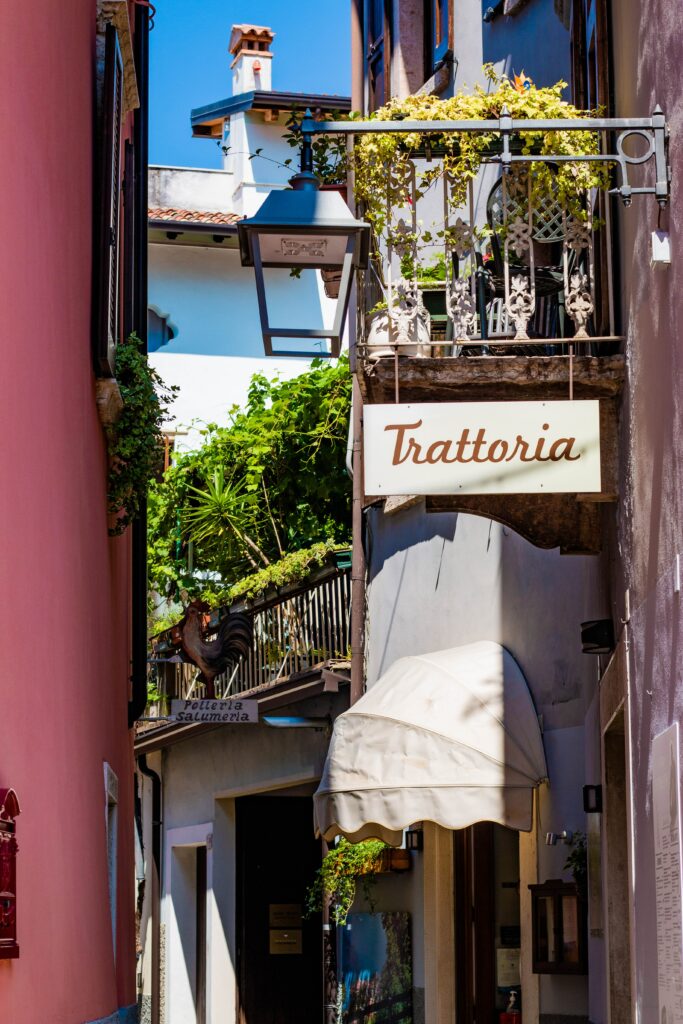
PECORINO ROMANO DOP
This hard, salty Italian cheese is made from sheep’s milk and is one of Italy’s oldest cheeses. Pecora even means ‘ovine’ or ‘of sheep’ in Italian.
The Roman city council opted to prohibit the salting of cheese in grocery shops in Rome in 1844, but that didn’t stop cheesemakers elsewhere in Lazio, who continued to make wheel after wheel of this tasty, tangy cheese. To this day, Pecorino Romano is still made using the original recipe, tasting just as it did almost two centuries ago.
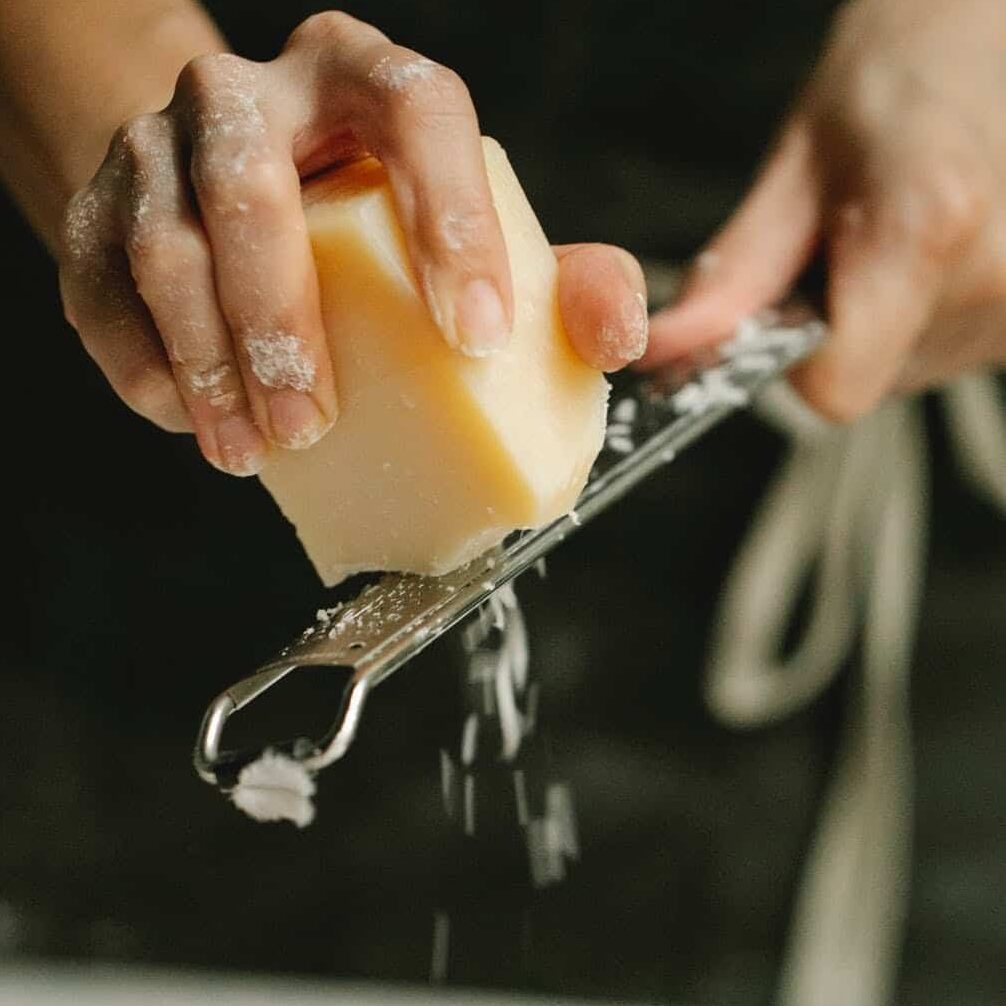
It’s the driving flavour behind the simple-yet-delightful pasta dish cacio e pepe, and was a staple in the diet for the legionaries of ancient Rome. A daily ration of 1 roman ounce of Pecorino Romano was given to legionaries along with bread and farro soup. Legend has it that Pecorino Romano gave them back strength and vigour since it was a high-energy food that was easy to digest.
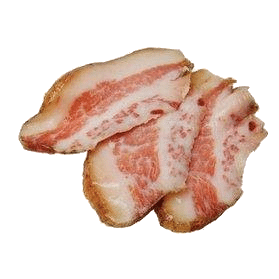
GUANCIALE
Derived from the word guancia, meaning cheek in Italian, guanciale is a specialty found in central Italy. Pork jowl or cheeks are rubbed with salt and spices — typically ground black and red peppercorns, thyme, fennel and garlic — and cured for at least three weeks. Though it can be eaten alone, guanciale is a staple in pasta dishes from the region, such as spaghetti alla carbonara and bucatini all’amatriciana.
OLIVE OIL FROM SABINA
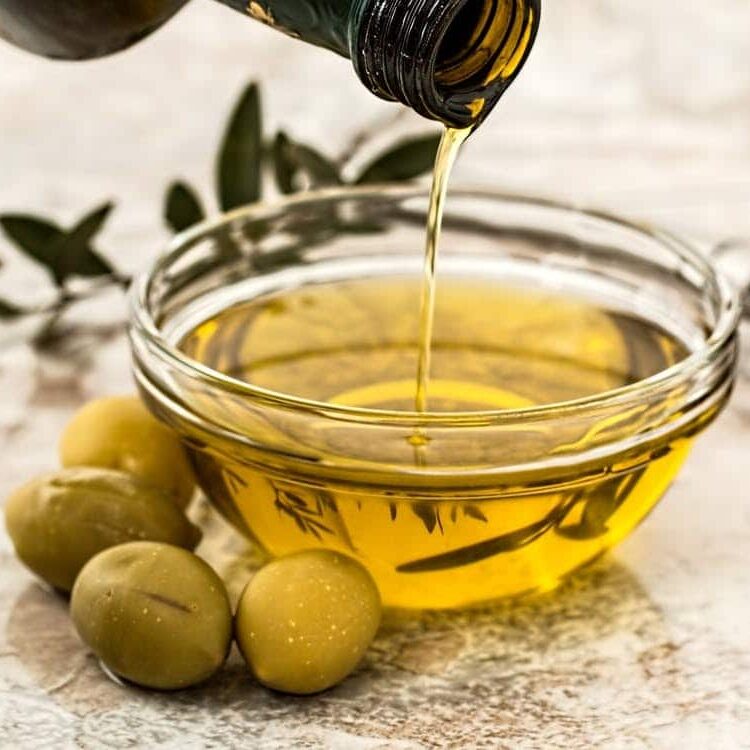
The tranquil hilltop town of Magliano Sabina straddles the Lazio-Umbria border and is home to some of the country’s best olive oil. Olive oil from Sabina uses an ancient blend of olive oils obtained from la Carboncella, le Leccino, la Raja, le Frantoio, l’Olivastrone, l’Olivago, la Salviana and la Rosciola olives. It has a beautiful golden-yellow colour with subtle green hues, and a sweet and light spicy finish. In addition to the intense and fruity olive flavour, Sabina olive oil is known for its notes of fresh cut grass, green tomato, artichoke, and herbs.
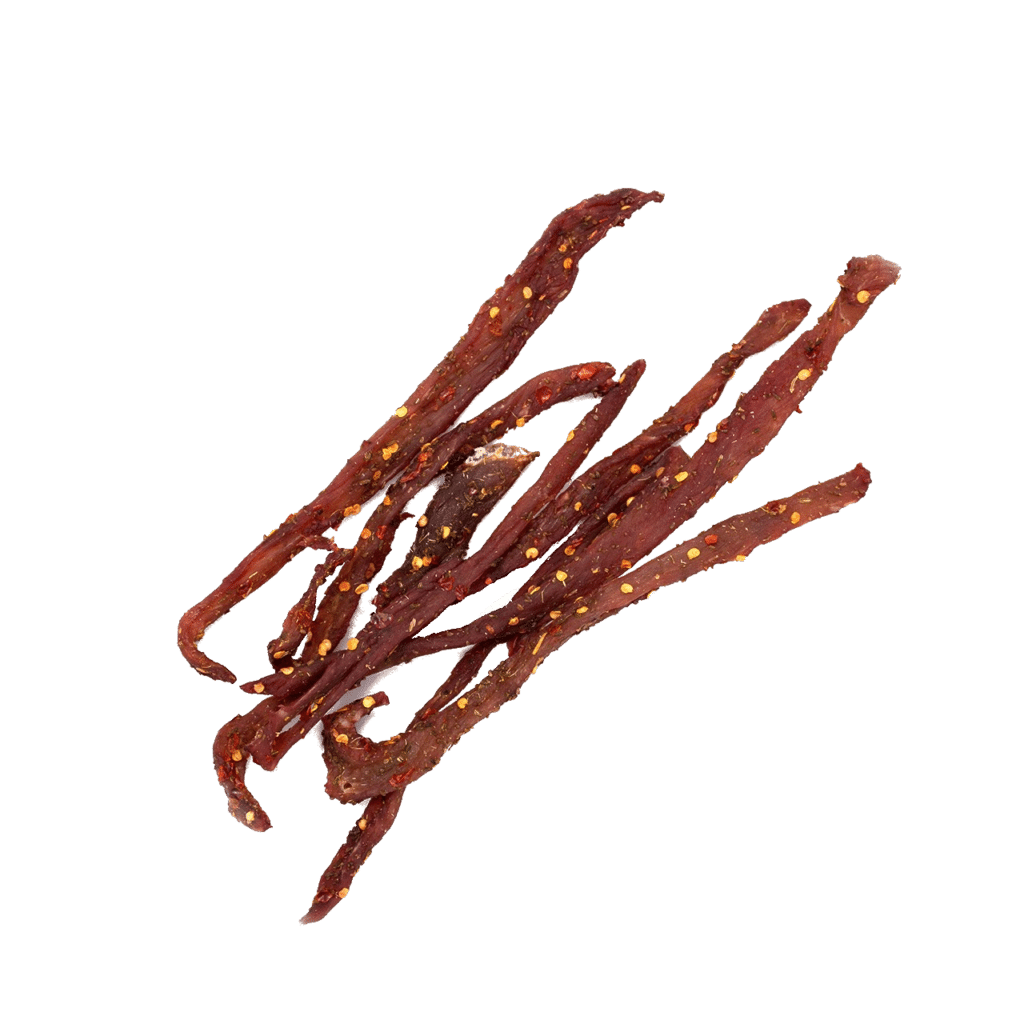
COPPIETTE
Coppiette is a variety of traditional Italian salami that is often served with other salumi varieties or as an accompaniment to an aperitivo. These long, thin strips of dehydrated, salt-cured meat are flavoured with aromatic fennel seeds and spicy Italian peperoncino flakes. Coppiette used to be a staple in the diet of farmers who didn’t waste any part of their precious animals — it historically was made using the sinewy hind limb muscle tissue of sheeps, goats, donkeys, and horses. These days, coppiette di maiale is the most common variety on the market, which is made with pork tenderloin. Coppiette are traditionally dried in pairs, and it’s name literally translates to “little couples”. These “little couples” are best enjoyed with a glass of red wine, sparkling wine, or a crisp white prosecco.
CACIOTTA DI CAPRA
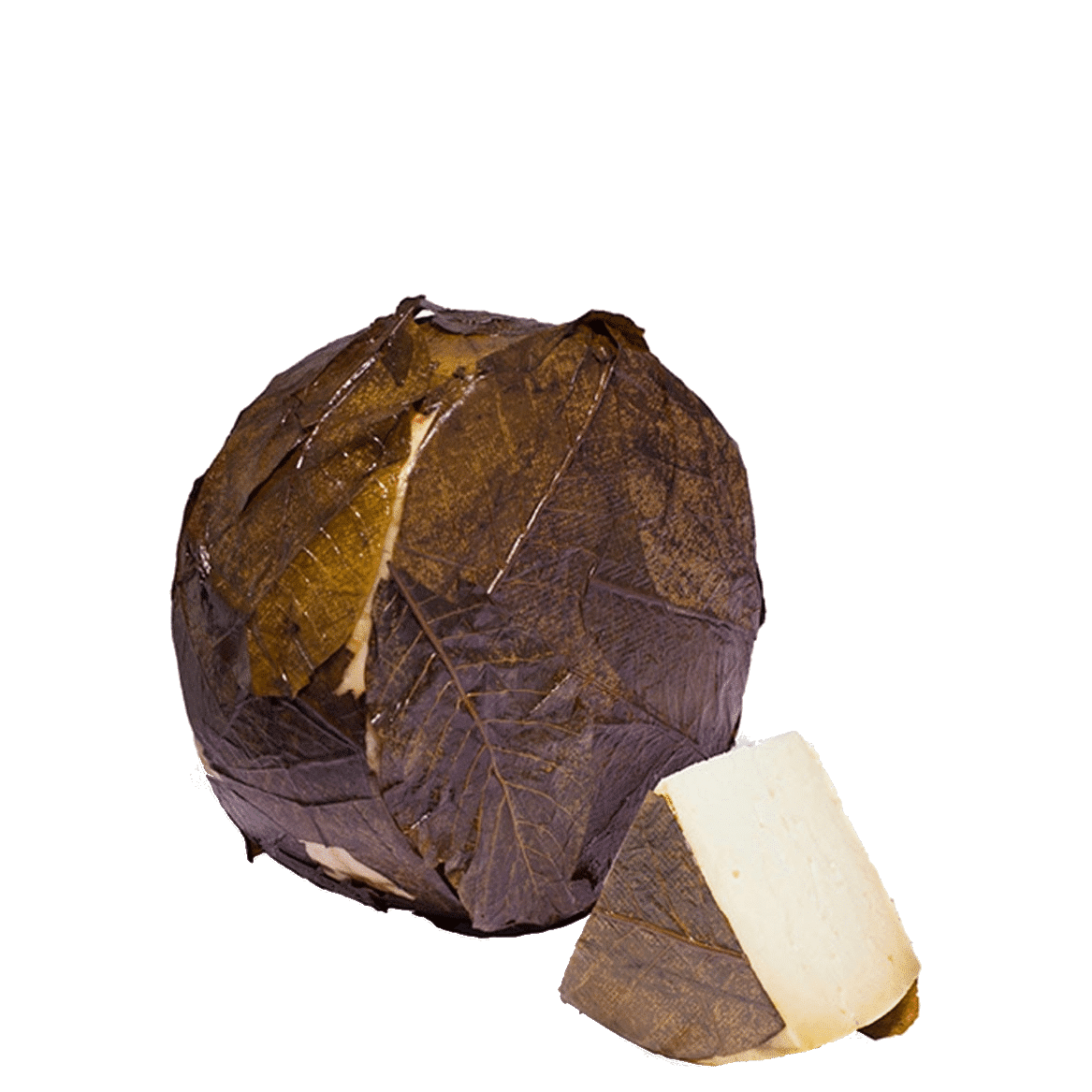
History has a lot to teach when it comes to cheesemaking. Cheeses that are now considered a delicacy were born out of a necessity to preserve excess production decades ago. Although caciotta is a catchall term used for a number of table cheeses eaten throughout Italy, in Lazio it refers to a semi-soft goat milk cheese. For caciotta, the cheesemaking process includes an unusual step called the stufatura, meaning ‘steaming’ in Italian. These three coveted varieties of caciotta — Caciotta di Capra Foglie di Noce, Caciotta di Capra Sotto il Fieno, Caciotta di Capra Pepe e Olio — are some of Lazio’s best.
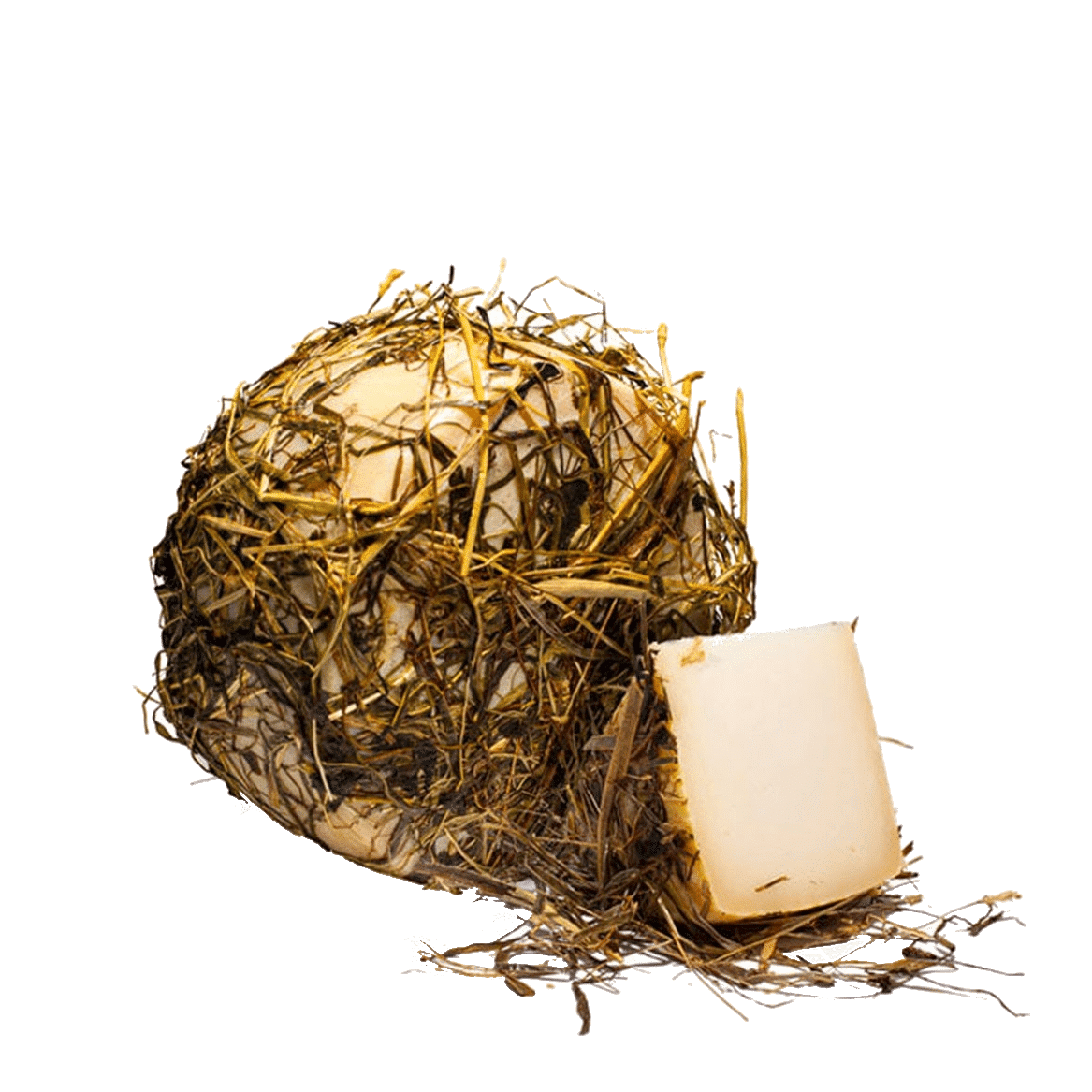
CACIOTTA DI CAPRA SOTTO IL FIENO
It is rumored that hay was used to cover aging cheese in an attempt to keep it secretly hidden away from the prying eyes of neighbours, though it is more likely hay was used as an insect repellant. The hay is salted and left to dry in the mountain pastures before it is used to protect the cheese. This method gives the cheese a slight flavour of the countryside from which it comes.
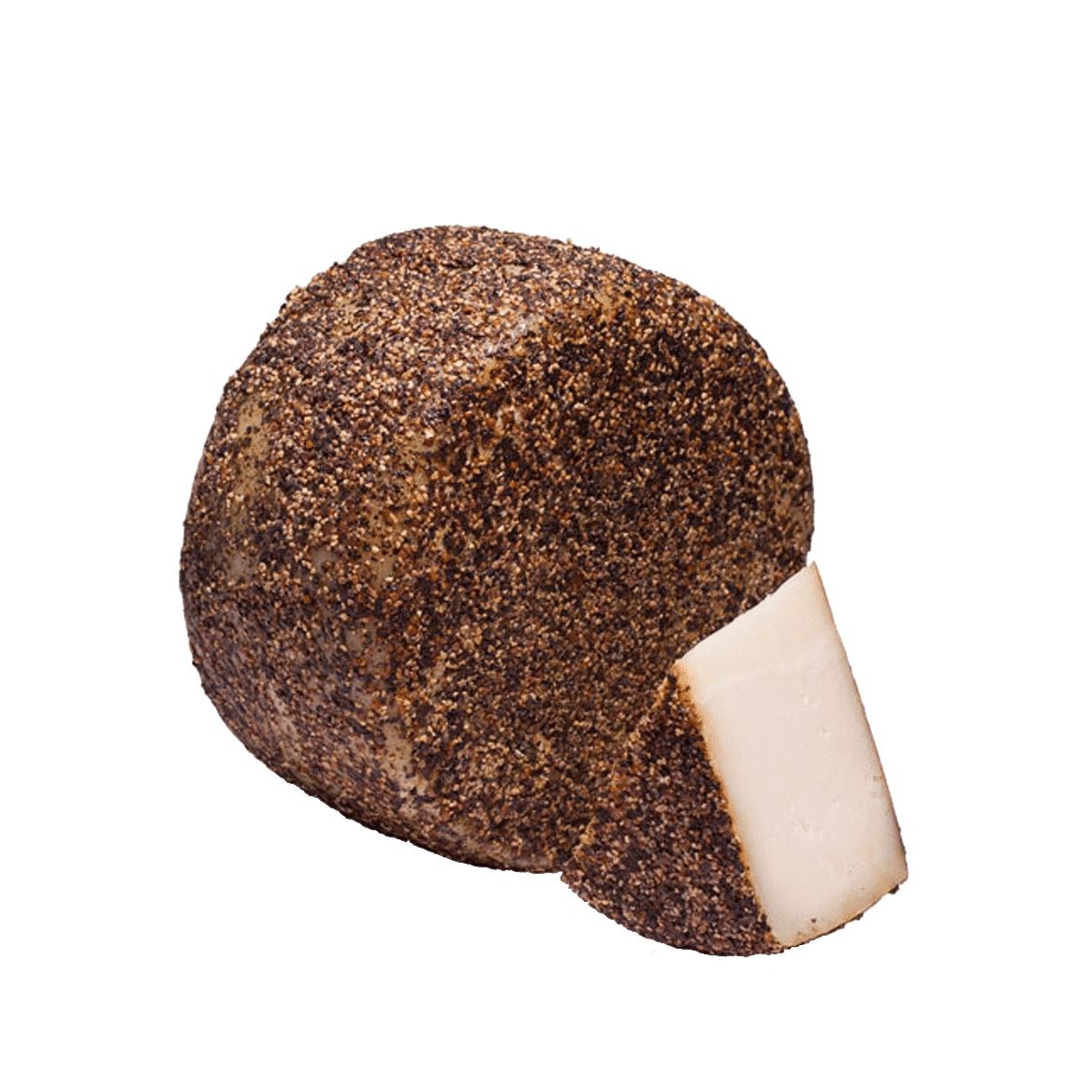
CACIOTTA DI CAPRA PEPE E OLIO
Massaged with fragrant, high quality extra virgin olive oil and coated with coarsely ground black peppercorns, this cheese packs a punch. The slightly spicy and aromatic exterior combines with the goat’s milk sweet and tangy flavour notes to create a full-bodied cheese unlike any other.
Add these yummy finds to your shopping list and bring the borghi of Lazio home for an imaginary Lazian vacation! (…at least until you’re ready to start jet-setting again!)



Add a comment